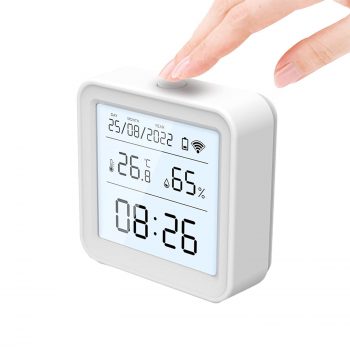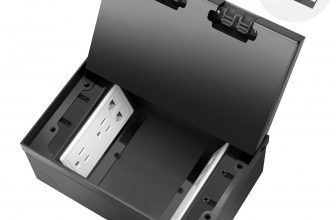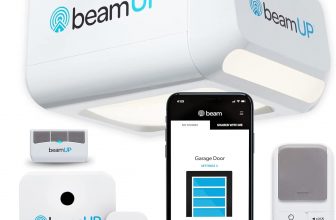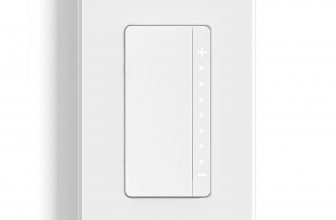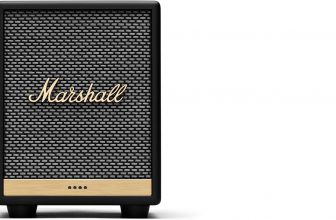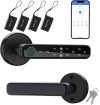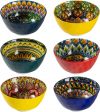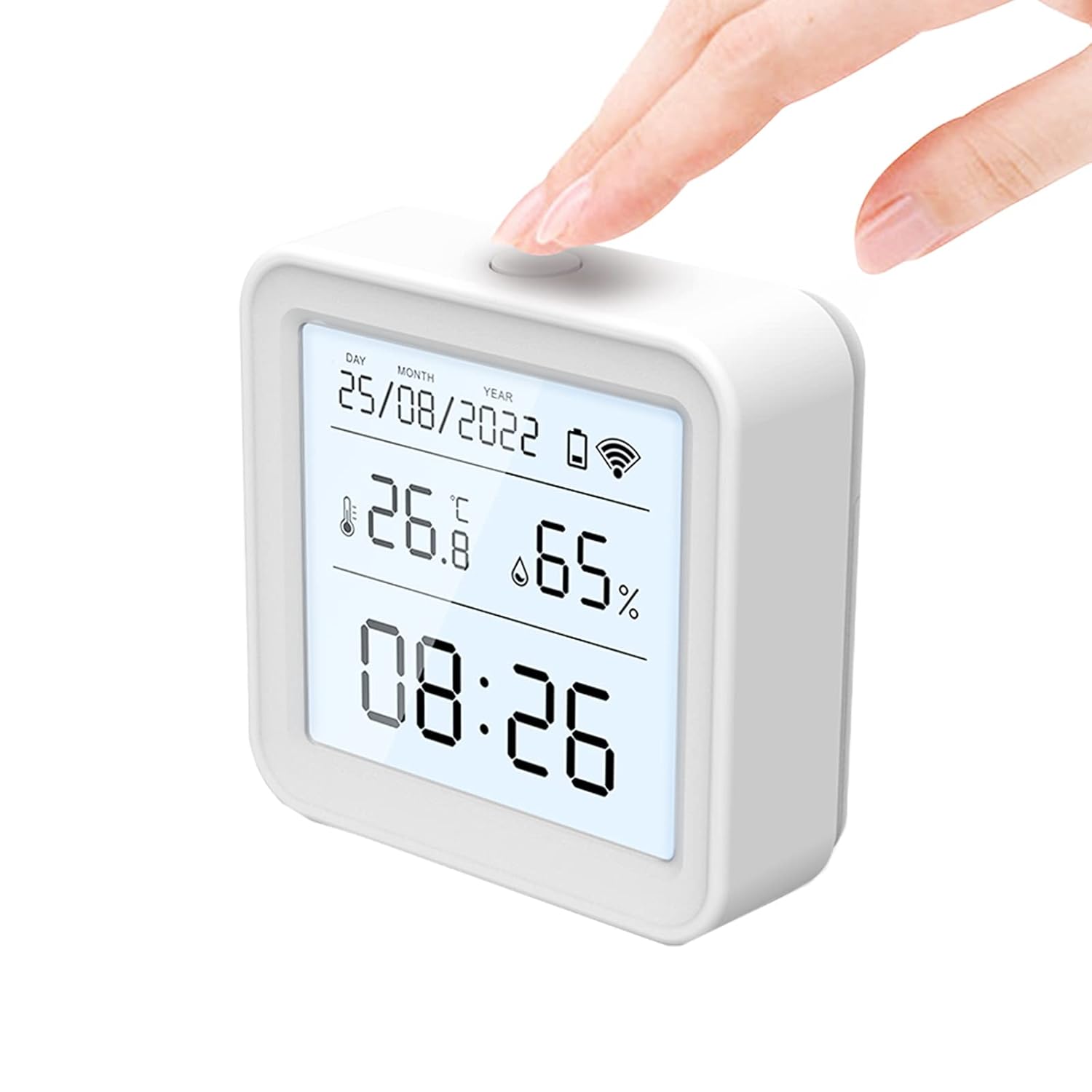
In today’s fast-paced world, efficient home monitoring is essential. The eMylo Temperature Sensor offers a convenient solution for tracking humidity and temperature. This article delves into its features, user experiences, and how it integrates with smart home systems, ultimately guiding you in deciding whether it’s the right choice for your home.
Product Features
| Feature | Description |
|---|---|
| APP Remote Monitoring | Works with ‘Smart Life’ APP (Tuya Zigbee gateway required), allowing real-time temperature and humidity monitoring from anywhere. |
| Clear LCD Display | 2.16 inch digital screen with backlight function for easy reading and viewing angles. |
| Voice Control Compatibility | Works seamlessly with Alexa and Google Assistant for voice-activated inquiries. |
| High-Precision Data | Monitors temperature range of -9.9℃ to 60℃ and humidity from 0%RH to 99%RH with real-time updates every 2 minutes. |
| Data Storage and Export | Free storage of 1 year of data records with export option in CSV format for historical trend analysis. |
Product Overview
| Pros |
|---|
| Easily integrates with Smart Life and Tuya. |
| High-precision readings with easy data export options. |
| Clear display and voice control functionality. |
| Cons |
|---|
| Requires Tuya Zigbee gateway for functionality. |
| Not waterproof, limiting placement options. |
| Dependent on app functionality for full capabilities. |
Understanding Smart Home Temperature Sensors
In the realm of smart home technology, temperature sensors play an indispensable role in enhancing both comfort and energy efficiency. By accurately monitoring indoor temperatures, devices like the eMylo Temperature Sensor enable homeowners to create a harmonious living environment. I find it fascinating how these sensors automate the management of heating and cooling systems, ensuring that we remain comfortable while also optimizing energy use.
One key aspect of smart temperature sensors is their data-driven capabilities. They collect real-time data, allowing me to track temperature fluctuations throughout the day. This information is essential for making informed decisions on HVAC settings or optimizing window usage for natural ventilation. The Zigbee communication technology embedded in devices like the eMylo sensor further streamlines these processes. Zigbee provides a reliable, low-power communication protocol that effortlessly integrates with existing smart home systems, making it accessible for users of various tech backgrounds.
Additionally, features such as customizable alerts, remote monitoring, and historical data analysis set modern smart sensors apart from traditional mercury thermometers. With the growing emphasis on smart home automation, these sensors inevitably become integral components, paving the way for a seamless blend of technology and daily living that enhances user experience and promotes overall efficiency.
In-Depth Review of the eMylo Temperature Sensor
When delving into the features and performance of the eMylo Temperature Sensor, I found it to be a compelling option for those seeking reliability in home monitoring. The device showcases excellent integration with the Smart Life app, which I found intuitive and user-friendly. Setting up the sensor was a breeze; within minutes, I was able to connect it to my home network. The app provides real-time data which is both insightful and easy to interpret. The interface allows me to monitor temperature and humidity levels remotely, enabling seamless control of my home environment.
Another highlight is the clarity of the sensor’s display. The readings are bright and easily visible from a distance, which is useful for quickly checking home conditions. Based on my tests, the precision of the data readings proved to be commendable; it accurately reflected the changes in temperature and humidity, demonstrating reliability one can depend on.
While comparing it to alternative devices on the market, I noticed some pros like its competitive pricing and Zigbee compatibility, which enhances its connectivity with other smart home devices. However, a downside worth mentioning is that it may struggle in very low or high humidity conditions. In my experience, though, these limitations were not significant detractors, particularly for typical home environments. Overall, eMylo presents a solid temperature sensing solution for smart homes, contributing valuable insights into indoor conditions.
Conclusions
The eMylo Temperature Sensor combines high-tech features with user-friendly functionality. While it excels in monitoring and data accuracy, its dependency on the Tuya Zigbee gateway and lack of waterproofing are factors to consider. Overall, it is an excellent choice for those embracing smart home technology.

